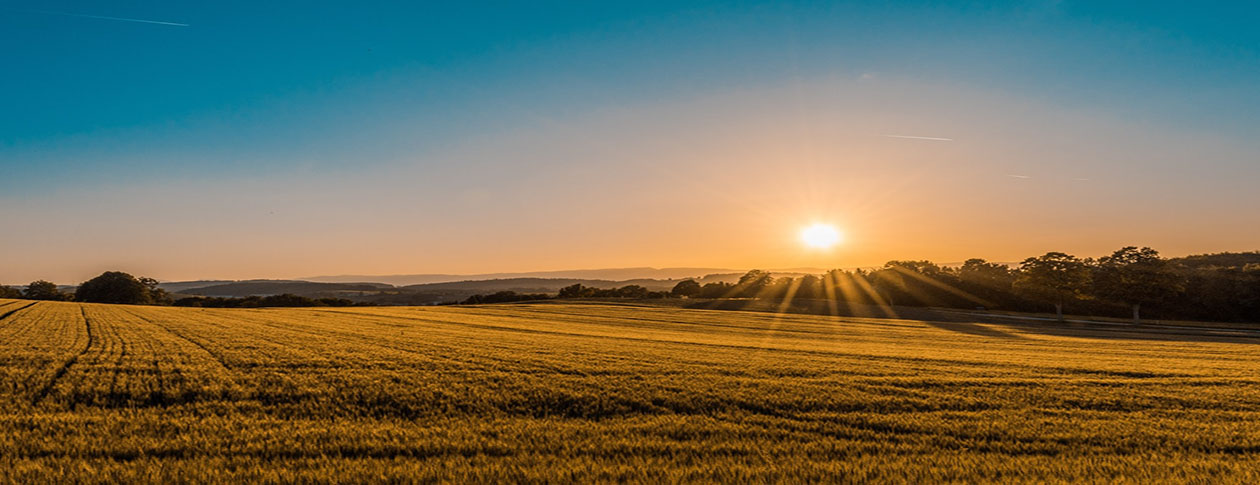“TAMERTON, NORTH (ST. DENIS), a parish, in the union of HOLSWORTHY, hundred of STRATTON, E. division of CORNWALL, 5 miles (S.S.W.) from Holsworthy; containing 589 inhabitants. The parish comprises 4775 acres, of which 450 are common or waste; the surface is in general hilly; the soil, though various, is for the most part a poor clayey earth. The River Tamar and the Bude canal run through the parish, parallel with each other, from north to south. The living is a donative curacy; net income, £230; patrons, R.P. Coffin, Esq., and the Heirs of the late Colonel l’Ans; the glebe contains about 20 acres. There is a delapidated chapel at Hornacut.” [From Samuel Lewis: A Topographical Dictionary of England (1844)]
The parish of Tamerton is called North Tamerton, (Cornish: Tre war Damer), to distinguish it from Tamerton Folliot in Devon. It is situated in the Hundred of Stratton and Deanery of Trigg Major. The parish is bounded on the north by the detached part of Devon called Bridgerule, and by the parish of Pyworth in Devon, on the east by the Devon parishes of Clawton, Tetcot and Luffincot, on the south by Boyton, and on the west by Week St Mary and Whitstone. This thinly-populated parish is in North Cornwall right on the Devonshire border. It was the only parish in Cornwall that extended onto the east of the River Tamar.
The name is of English origin, meaning ‘estate on the River Tamar’. The village and its 15th century church stand above the River Tamar. There was no Churchtown, and the only village was Ragged Hill.

